Design: Minimalism Takes Center Stage
The BMR1 speakers make a bold aesthetic statement, eschewing traditional boxy designs for a sleek, cylindrical form factor:
- Compact footprint ideal for cramped desktops
- Matte black finish blends seamlessly with modern setups
- Unique circular housing for Balanced Mode Radiator (BMR) drivers
While visually striking, this commitment to minimalism comes at a functional cost. The lack of physical controls on the speakers themselves proves frustrating in daily use:
- No dedicated volume knob or power button on the speakers
- Single button and toggle switch awkwardly placed on the underside of the right speaker
- Control scheme feels counterintuitive and potentially inconvenient for quick adjustments
Audio Performance: A Tale of Two Frequency Ranges
Mids and Highs: Clarity Shines Through
The BMR1’s use of Balanced Mode Radiator technology pays dividends in the mid and high frequencies:
- Vocals and instruments reproduced with impressive clarity and detail
- Wide soundstage well-suited for nearfield listening
- Excellent performance for tasks like music production and casual gaming
Bass Response: The Achilles’ Heel
The BMR1’s compact design inevitably leads to compromises in low-end reproduction:
- Noticeable lack of bass presence, especially in bass-heavy music genres
- Optional subwoofer output available, but adds to the overall cost
- Bass limitation may disappoint listeners accustomed to fuller-range speakers
Connectivity: Simplicity at a Cost
The BMR1 keeps connectivity options streamlined, which may or may not align with your needs:
- 3.5mm aux input for wired connections
- Bluetooth functionality for wireless streaming
- Absence of USB or optical inputs may limit versatility for some users
Additional Features: Hits and Misses
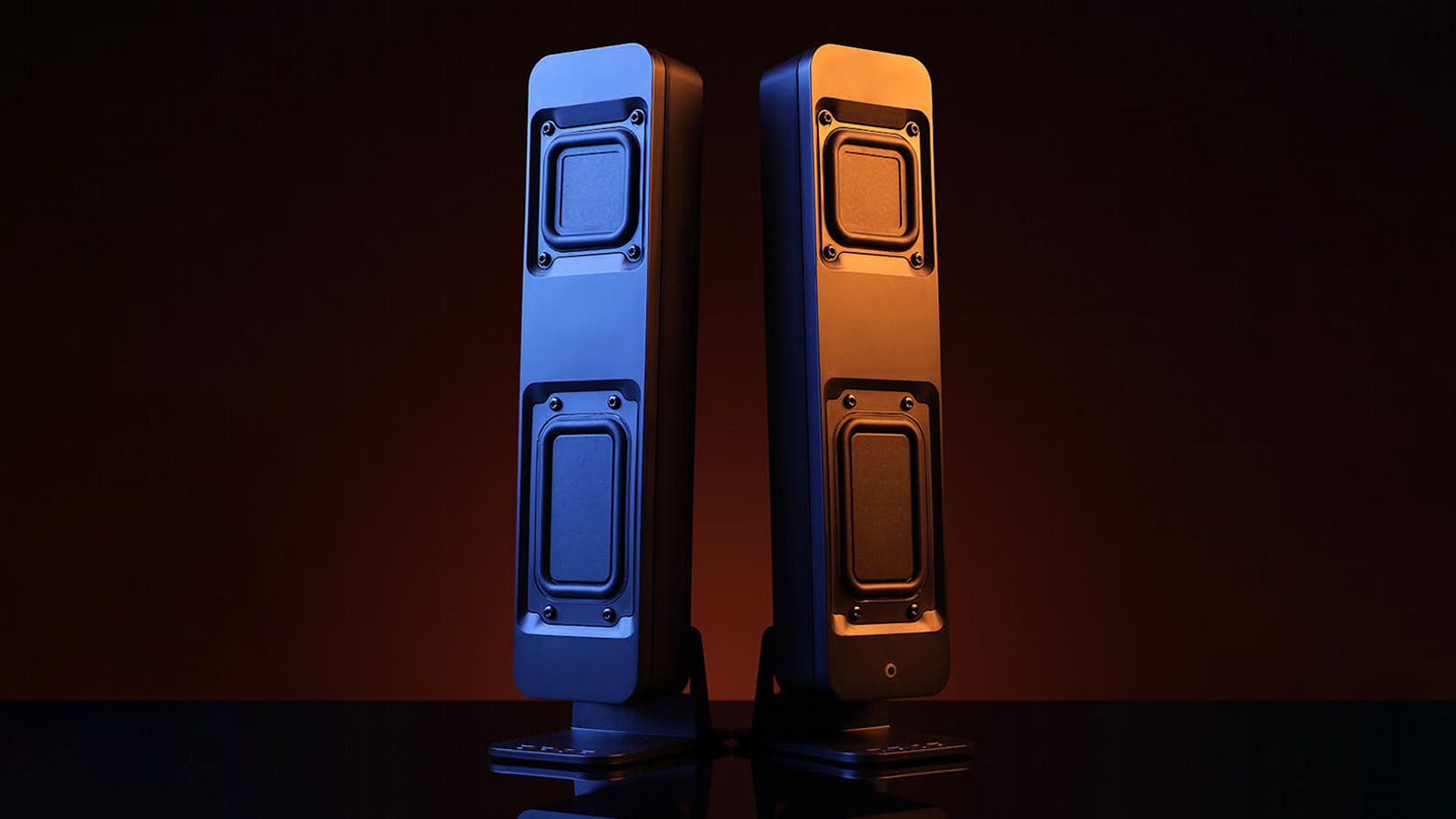
The Headphone Jack Conundrum
Drop includes a headphone jack on the right speaker, but its implementation raises questions:
- Acts as a simple pass-through from the audio source
- Convenient for quick headphone switching, but offers no additional functionality
- Missed opportunity for integrated headphone amplification
Amplification Concerns
The built-in amplifier in the right speaker presents potential longevity concerns:
- Noticeable heat generation during extended listening sessions
- While within manufacturer-specified limits, raises questions about long-term component reliability
- May impact placement options in warm environments
Value Proposition: Weighing the Pros and Cons
The Drop BMR1 occupies an interesting position in the nearfield monitor market:
Pros:
- Striking, space-efficient design
- Impressive clarity in mids and highs
- Competitive pricing for entry-level audiophile gear
Cons:
- Lackluster bass response
- Limited connectivity options
- Unintuitive control scheme
- Potential long-term reliability concerns with amplification
Who Should Consider the Drop BMR1?
The BMR1 caters to a specific subset of desktop audio enthusiasts:
- Users prioritizing a clean, minimalist aesthetic
- Listeners who value vocal clarity and detailed mids/highs
- Those with space constraints seeking compact speakers
- Budget-conscious buyers looking to dip their toes into higher-end audio
Who Might Want to Look Elsewhere:
- Bass enthusiasts or those who listen to bass-heavy music genres
- Users requiring multiple connectivity options
- Those who prioritize ease of use and intuitive controls
- Audiophiles seeking a no-compromise nearfield monitor solution
Conclusion: A Stylish Compromise with Unfulfilled Potential
The Drop BMR1 nearfield monitors showcase both the strengths and limitations of designing budget-friendly audiophile gear. While the speakers deliver impressive clarity in the mid and high ranges, their bass limitations and design quirks prevent them from being a clear winner in this competitive market segment.
Drop’s use of Balanced Mode Radiator technology in a compact, visually striking package is commendable. However, the BMR1 feels like a product that prioritized form over function in several key areas. With some refinements – improved bass response, more intuitive controls, and expanded connectivity options – the BMR1 could evolve into a truly compelling offering.
As it stands, the Drop BMR1 represents a stylish compromise for budget-conscious audiophiles willing to overlook certain shortcomings in pursuit of desktop audio upgrade. For the right user, these speakers can provide an engaging listening experience and serve as an attractive addition to any workspace. However, potential buyers should carefully consider their priorities and be aware of the BMR1’s limitations before making a purchase decision.
Ultimately, the Drop BMR1 serves as an intriguing, if imperfect, entry point into the world of high-fidelity desktop audio. It’s a product that showcases Drop’s willingness to innovate, even if the execution doesn’t quite reach its full potential in this iteration.





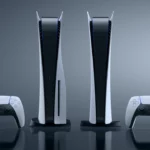
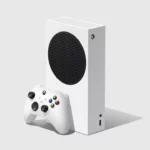
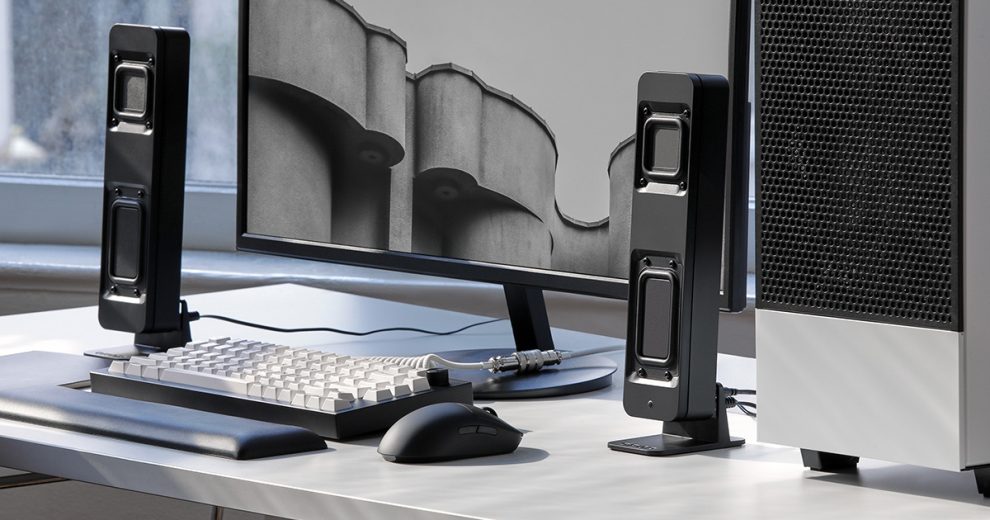
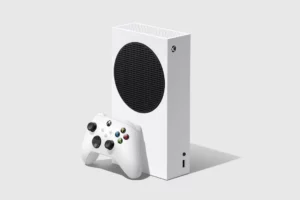
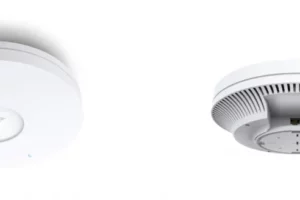






Add Comment